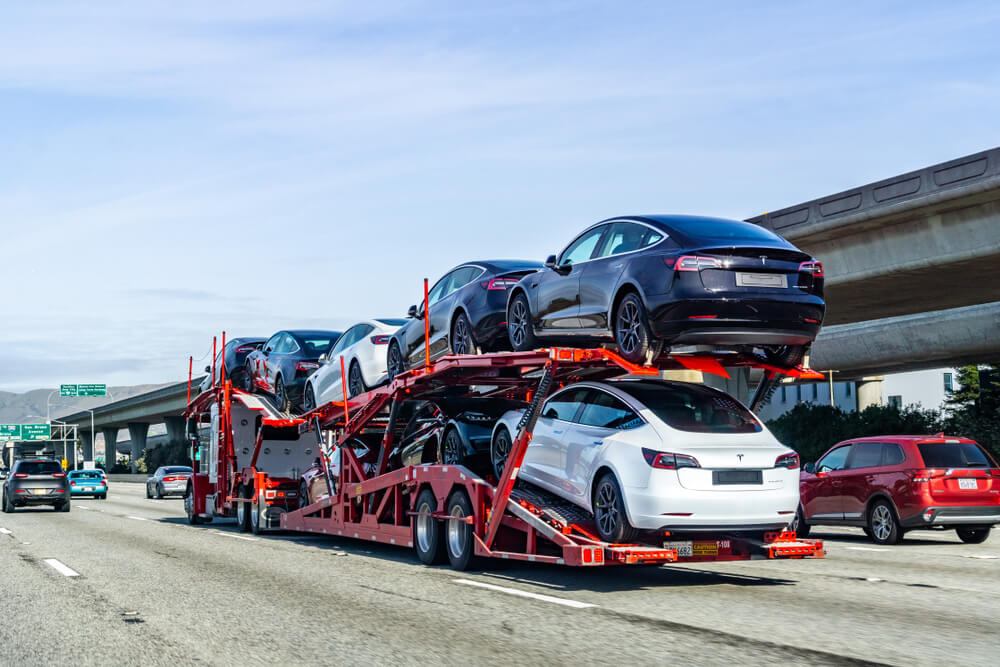The Vital Guide to Bridge Cranes: How They Can Profit Your Business Operations
Intro to Bridge Cranes
A bridge crane is a type of overhead crane that contains parallel runways with a traveling bridge extending the space. The bridge carries a hoist that moves along the length of the bridge. The hoist is used to lift and also move heavy objects,making it an crucial device for several services. Bridge cranes are frequently utilized in manufacturing,building and construction,and transport sectors. Learn more about Engineered Industrial Products St Louis.
Understanding the Different Types of Bridge Cranes
There are several sorts of bridge cranes to pick from,each with its very own special attributes and advantages. The most common kinds of bridge cranes consist of:
Solitary Girder Bridge Cranes
Single girder bridge cranes are the most commonly made use of kind of bridge crane. They are perfect for light to tool duty training as well as have a reduced cost of possession than various other kinds of cranes.
Double Girder Bridge Cranes
Double girder bridge cranes are suitable for heavy-duty lifting and also can handle larger abilities than solitary girder cranes. They are a lot more costly but use increased lifting elevation and also ability.
Gantry Cranes
Gantry cranes are similar to link cranes,yet they operate on wheels rather than rails. They are ideal for exterior applications as well as can be utilized to lift and relocate heavy objects over fars away.
Jib Cranes
Jib cranes are a type of bridge crane that has a straight arm (jib) that sustains a hoist as well as cart. They are perfect for low clearance applications and also can be used to lift and move hefty things in a round location.
The Benefits of Using Bridge Cranes in Your Business Operations
There are several advantages to utilizing bridge cranes and bathroom partition in your business operations,including:
Boosted Productivity
Bridge cranes can aid enhance performance by permitting faster and more effective lifting as well as moving of hefty objects. This can help reduce downtime and also boost overall effectiveness.
Improved Safety
Bridge cranes can assist improve safety by minimizing the threat of injury to workers. By utilizing a crane to lift heavy objects,workers can prevent straining their backs or various other muscle mass.
Increased Flexibility
Engineered Industrial Products St Louis can be utilized in a selection of applications,making them a flexible tool for Companies. They can be made use of to raise and also move things in manufacturing,building and construction,and transport industries.
Cost Savings
Bridge cranes can aid companies conserve cash by minimizing the demand for manual labor and also reducing downtime. They can likewise help reduce the risk of damages to devices as well as items.
Common Applications of Bridge Cranes in Various Industries
Bridge cranes can be utilized in a range of applications in different industries,consisting of:
Production
Bridge cranes are commonly utilized in producing plants to raise and move heavy devices as well as materials.
Building and construction
Bridge cranes are made use of in building to raise as well as relocate heavy products such as steel light beams and concrete.
Transport
Bridge cranes are made use of in transport to lots as well as discharge hefty cargo from ships and trains.
Verdict: Why Bridge Cranes are a Valuable Investment for Your Business
Bridge cranes are an necessary tool for numerous services. They can aid increase productivity,boost safety,rise adaptability,and conserve money. By thinking about the aspects laid out in this overview and also collaborating with a certified crane installer,you can discover the appropriate bridge crane for your service and start reaping the benefits. Contact us today at 636-376-2900 for more information regarding exactly how a bridge crane can benefit your service.

